ECB Executive Board member Isabel Schnabel said in a speech “inflation will not subside by itself”. She added that preliminary data for December “point to a persistent build-up of underlying price pressures even as energy price inflation has started to subside from uncomfortably high levels.”
“To resolve today’s inflation problem, financing conditions will need to become restrictive,” she said. “Tighter financing conditions will slow growth in aggregate demand, which is needed to reduce the upward pressure on prices that has resulted from the long-lasting damage to the euro area’s production capacity inflicted by the energy crisis.”
“Monetary policy would need to raise interest rates even more forcefully to restore trust in the economy’s nominal anchor. In the 1970s, financing conditions tightened to an extent that made capital accumulation prohibitively expensive.”




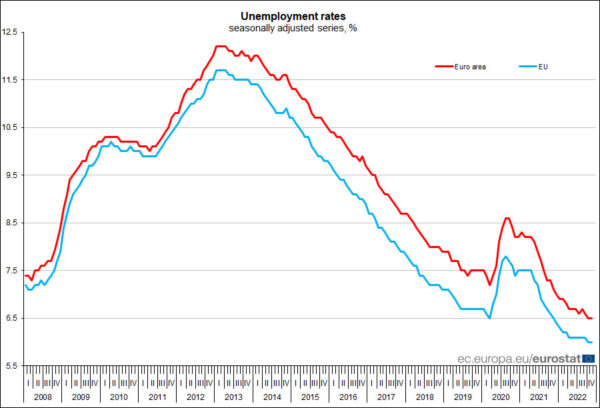
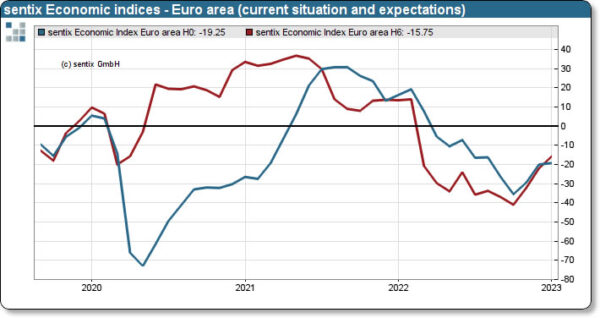
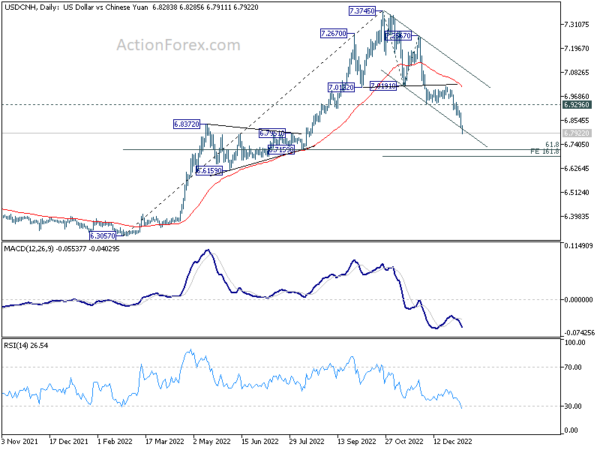
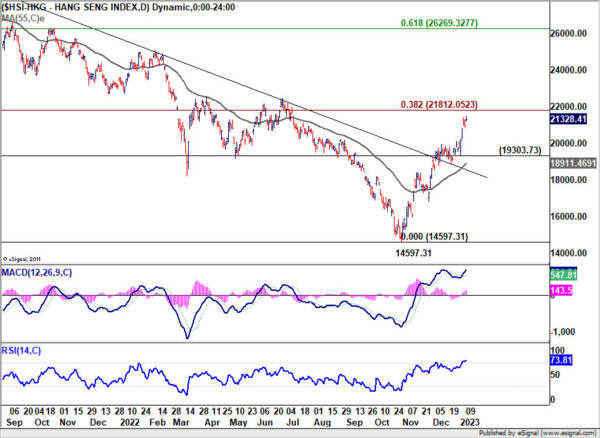
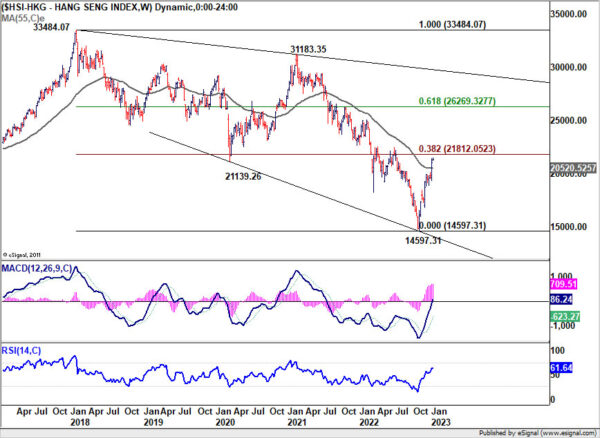
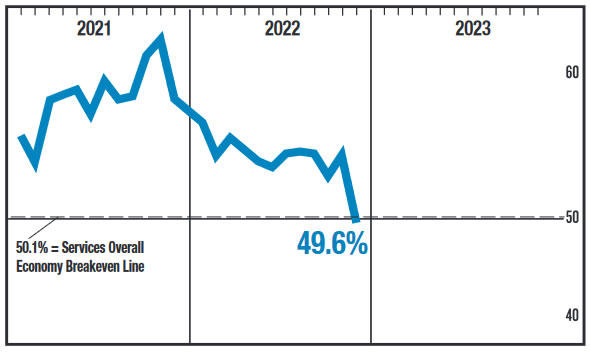
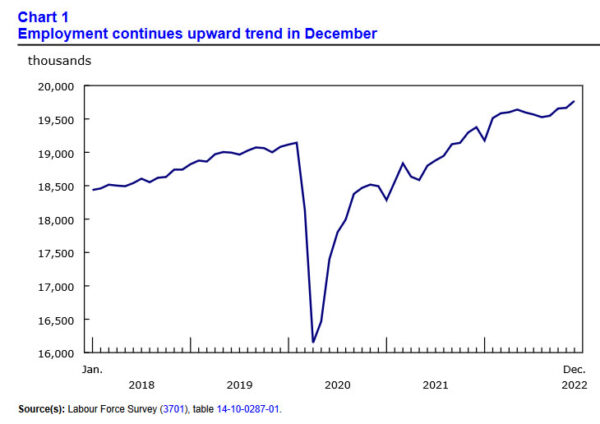
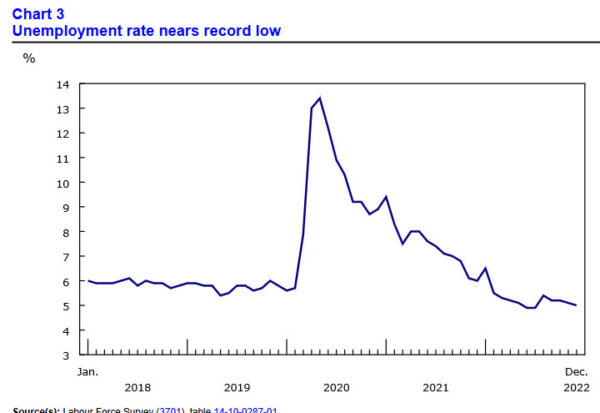
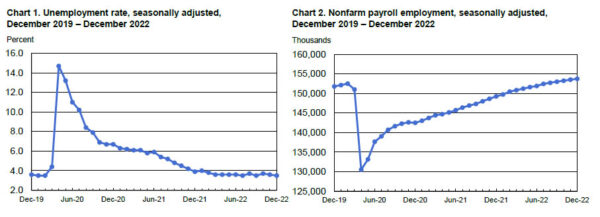
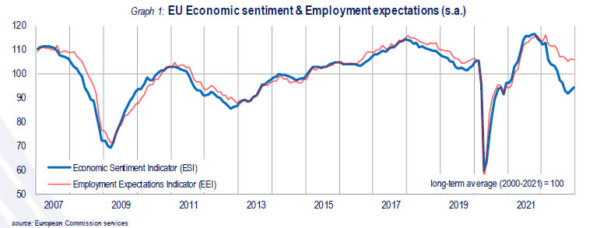
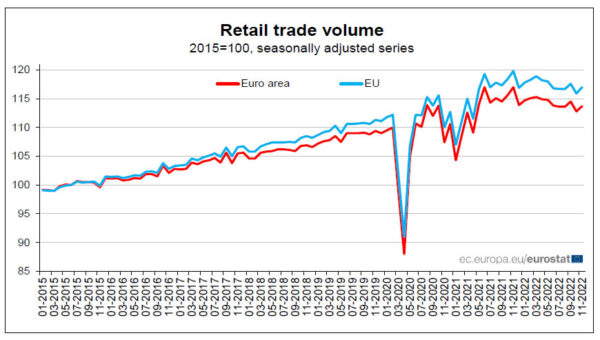
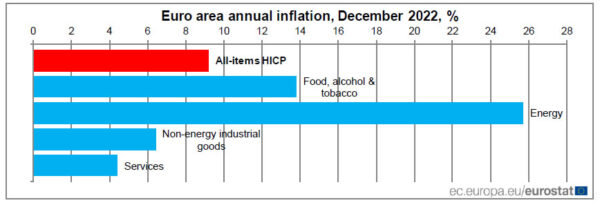
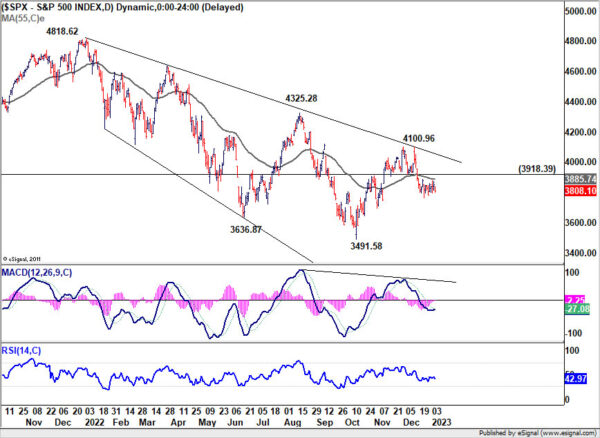

US NFIB Small Business Optimism Index declined to 89.8 in Dec
US NFIB Small Business Optimism Index declined -2.1 pts to 89.8 in December, below expectation of 91.6. That’s also the 12th consecutive month the index was below 49-year average of 98.
“Overall, small business owners are not optimistic about 2023 as sales and business conditions are expected to deteriorate,” said NFIB Chief Economist Bill Dunkelberg. “Owners are managing several economic uncertainties and persistent inflation and they continue to make business and operational changes to compensate.”
Full release here.